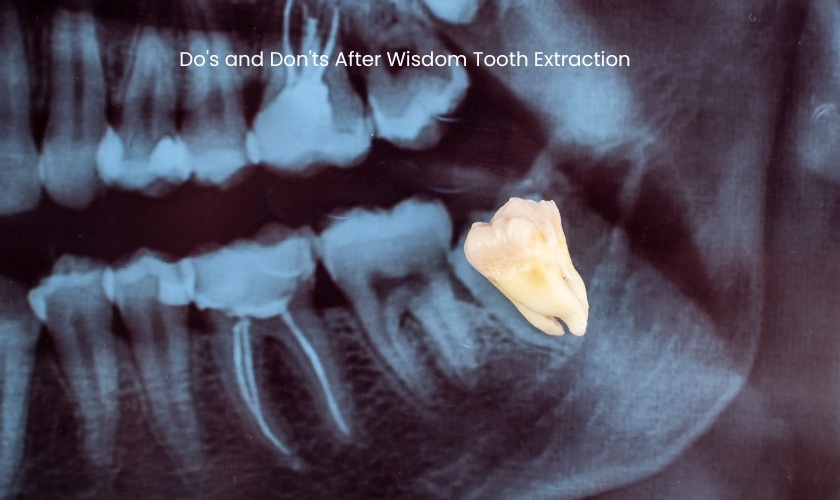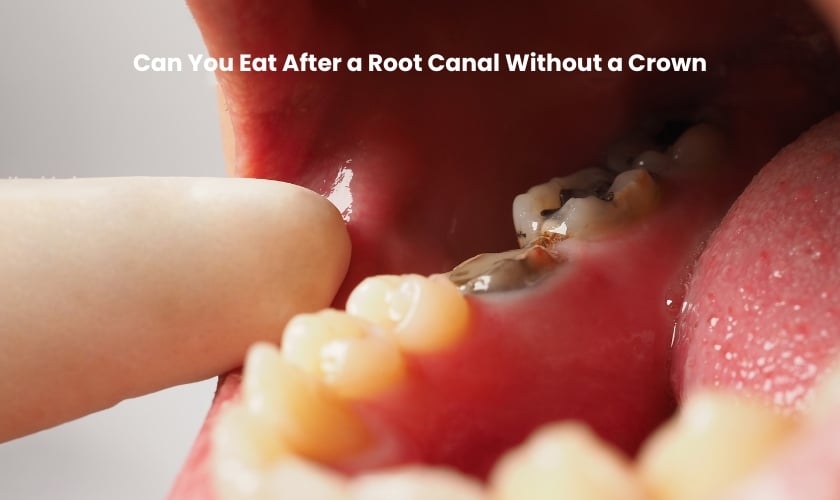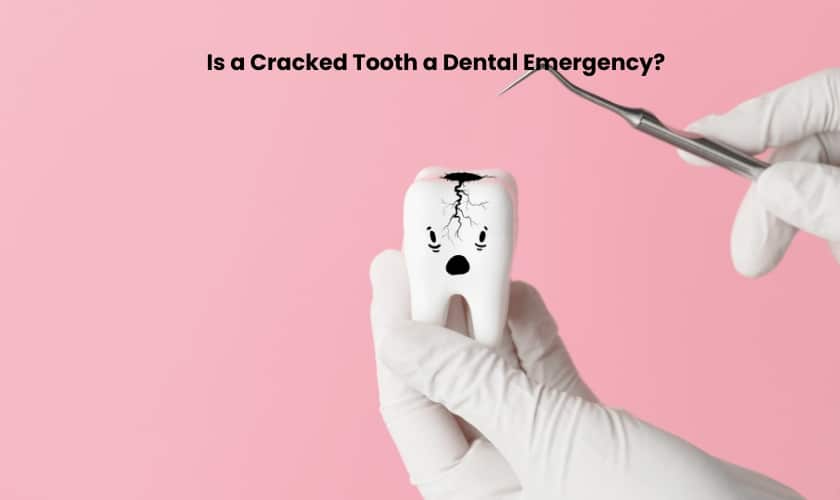
What Is The Typical Rest Time Required After Getting A Root Canal?
Rest plays a significant role in the healing process after a root canal procedure. It allows your body to recover and reduces the risk of complications. This article explores the importance of rest after a root canal, provides information about the procedure, discusses immediate post-root canal care, the root canal recovery time, factors influencing rest time, and highlights signs of complications.
What Is A Root Canal?
The root canal, steps in. It’s not an actual tunnel, but a dental procedure to save your tooth from eviction. Think of it as a deep cleaning and renovation for the lobby. The dentist removes the inflamed pulp, disinfects the whole space, and seals it up tight (like fixing leaky pipes and patching cracks). This evicts the troublemakers and prevents future squatters, saving your precious tooth from the wrecking ball!
It’s not the most pleasant experience, but the good news is that modern root canals are usually painless thanks to local anesthesia. Plus, the root canal recovery time is manageable, with most people feeling back to normal within a few days. And the best part? You get to keep your natural tooth, which is much better for chewing, speaking, and that winning smile compared to dentures or implants.
Root Canal Procedure:
This process usually consists of the following steps:
- Anesthesia: The dentist administers local anesthesia to numb the tooth and surrounding area.
- Access: A small hole is drilled in the tooth to access the pulp chamber and root canals.
- Removal of infected pulp: The dentist removes the infected or damaged pulp using specialized instruments.
- Cleaning and shaping: The root canals are cleaned, shaped, and disinfected to remove bacteria and debris.
- Filling the canals: The canals are filled with a biocompatible material called gutta-percha to seal them.
- Restoration: A temporary or permanent filling is placed to restore and protect the tooth’s structure.
Causes of a Root Canal:
1. Deep Cavity Demolition Squad: This is the most common culprit. When cavities burrow deep enough, they reach the pulp, inviting bacteria to this VIP area. This bacterial invasion throws a wild party, inflaming the pulp and causing pain and sensitivity.
2. Crack Attack: Sometimes, a chip or crack in your tooth exposes the pulp directly, like a broken window, inviting uninvited guests. This can happen due to accidents, grinding your teeth, or even just chewing on something hard. These unwelcome visitors also trigger inflammation and pain.
3. Repeat Offenders: Multiple dental procedures on the same tooth can sometimes weaken it, making it more susceptible to future damage and exposing the pulp. Think of it like patching a wall too many times—eventually, it might crumble and expose the foundation.
4. Untreated Trauma: Even if a crack or injury doesn’t initially expose the pulp, it can damage it over time, leading to delayed inflammation and infection. So, don’t ignore those bumps or falls, even if your tooth seems okay at first.
Immediate Post-Root Canal Care:
- Common after-effects and discomfort: After a root canal, you may experience some discomfort, such as soreness, sensitivity, and mild swelling. These are normal and should subside with time.
- Short-term rest recommendations: Resting for a few hours following the procedure is advisable to allow the anesthesia to wear off and reduce the risk of complications.
Root Canal Recovery Time:
- Day 1-3: During this period, it is important to follow the dentist’s post-operative instructions, which may include avoiding chewing on the treated tooth, taking prescribed pain medication, and applying ice packs to reduce swelling.
- Day 4–7: Pain and swelling should gradually decrease. It is recommended to consume soft foods, practice good oral hygiene, and continue taking any prescribed medications.
- First week: You can typically resume regular activities cautiously but avoid strenuous physical exertion. However, always consult your dentist for specific guidelines based on your case.
- Week 2: Healing progresses, and you should feel mostly back to normal.
Factors Influencing Rest Time:
- Complexity of the root canal procedure: The complexity of the procedure, such as the number of canals and the presence of additional complications, may affect the required rest duration.
- Individual healing ability and pain tolerance: Each person’s healing ability and pain tolerance may vary, impacting the time needed for rest and recovery.
How Long Should You Rest?
- General guidelines for rest duration: The duration of rest varies depending on factors such as the complexity of the root canal, individual healing ability, and advice from the dentist. Generally, a day or two of rest is recommended, but it may extend to several days in certain cases.
- Importance of following your dentist’s instructions: It is crucial to follow your dentist’s specific instructions regarding rest duration and post-operative care to ensure optimal healing.
Signs of complications:
- When to seek immediate dental attention: Recognizing signs indicating possible complications after a root canal is important. These signs include severe or worsening pain, persistent swelling, bleeding, fever, foul odor or taste, and difficulty opening your mouth. If you encounter any of these symptoms, you should seek quick dental care.
- Possible risks and complications after a root canal: While rare, there are some potential risks and complications associated with a root canal procedure. These can include an incomplete removal of infected tissue, a missed canal, an instrument fracture, damage to surrounding structures, reinfection, and post-operative complications such as dry socket or jaw stiffness.
Tips for Faster Root Canal Recovery Time
Here are some tips to speed up your recovery and get you back to chomping on your favorite foods in no time:
1. Chill Out, Dude: Listen to your body. Take it easy for the first few days, avoid strenuous activities, and prioritize rest. Think of it as a mini vacation for your mouth (and maybe yourself!).
2. Pain Management Pro: Over-the-counter pain relievers like ibuprofen or acetaminophen can be your best friends. Follow your dentist’s instructions and stick to the recommended dosage. Remember, don’t mix medications without asking your doctor!
3. Ice Your Troubles Away: Apply ice packs to the outside of your cheek for 15-20 minutes at a time, several times a day. This can help reduce swelling and discomfort. Just don’t apply ice directly to your tooth!
3. Ice Your Troubles Away: Apply ice packs to the outside of your cheek for 15-20 minutes at a time, several times a day. This can help reduce swelling and discomfort. Just don’t apply ice directly to your tooth!
4. Food for the Champions: Gradually transition back to your regular diet as your mouth heals. Generally, it’s recommended to consume soft, easy-to-chew foods that won’t irritate the treated area. Soft foods should be considered after a root canal.
5. Oral Hygiene Hero: Gentle brushing and flossing are crucial, even though they might feel a bit tender at first. Use a soft-bristled toothbrush and be extra careful around the treated tooth. Don’t forget to rinse with a warm saltwater solution to soothe the area.
6. Sleep Like a Baby: Aim for 7-8 hours of sleep each night. Rest helps your body heal faster, so don’t skimp on those Zzzs!
7. Listen to Your Dentist: They’re the experts, so follow their post-treatment instructions carefully. Attend all follow-up appointments, and don’t hesitate to reach out if you experience any unusual pain, swelling, or fever.
Rest is essential after a root canal as it allows your body to heal and reduces the risk of complications. By following the proper post-operative care guidelines, you can support your recovery and ensure the procedure’s success. Taking adequate rest, following the dentist’s instructions at Inland Choice Dental – Dentist Riverside, managing discomfort, and maintaining good oral hygiene are vital steps in the root canal recovery process. Doing so can minimize the chances of complications and promote optimal healing for long-term oral health.
FAQs:
Q: How long does a root canal actually take?
The procedure itself usually takes 1-2 hours, although complex cases might require multiple visits.
Q: Can I eat normally after a root canal?
A: Start with soft foods and gradually transition back to your regular diet as discomfort subsides.
Q: Do I need antibiotics after a root canal?
A: Your dentist will determine if antibiotics are necessary based on individual factors.
Can I drink alcohol after a root canal?
A: It’s best to avoid alcohol for 24 hours due to the potential interaction with pain medication.
Can I brush my teeth after a root canal?
A: Yes, but be gentle and avoid the treated area for the first few days.
Will I need a crown after a root canal?
A: Often, yes, as the tooth becomes weakened after the procedure. Your dentist will advise if it’s needed.
What are the signs of infection after a root canal?
A: Persistent pain, swelling, fever, or pus drainage could indicate infection. Seek immediate professional help.




